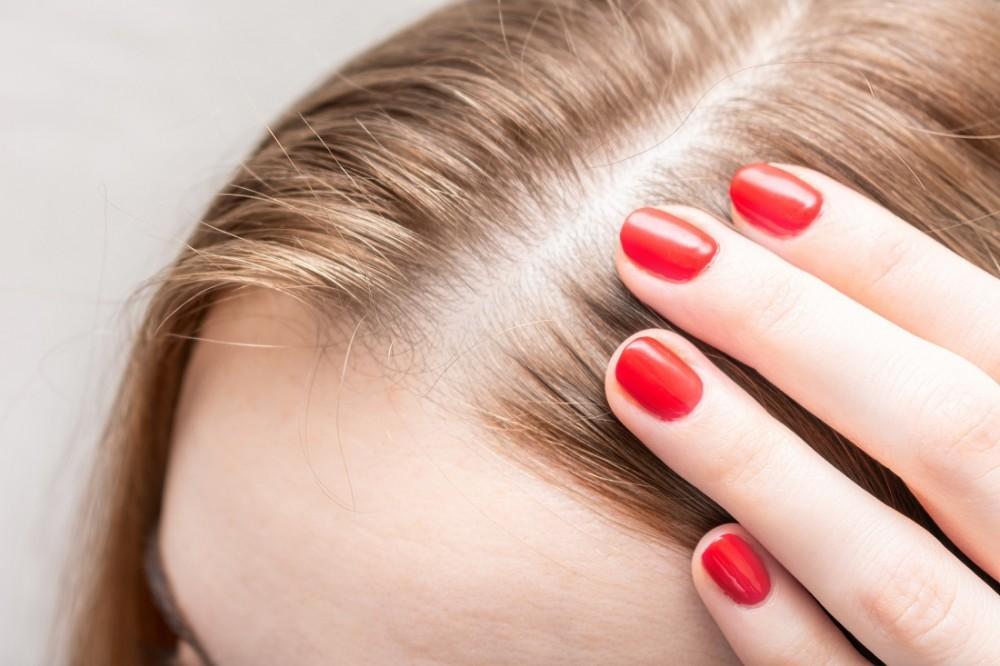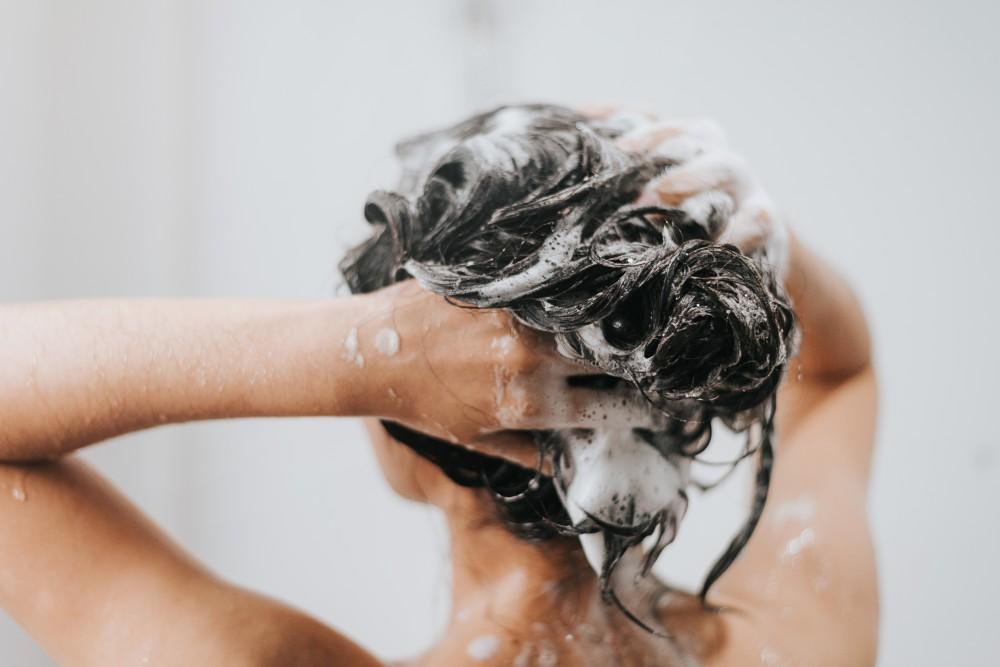Did you know that more than half of all men and about 40% of women will experience some degree of pattern baldness by the time they hit 50? While everyone sheds hair daily—usually between 50 and 100 strands during a shower or while brushing—excessive hair loss can signal an underlying issue. Thankfully, advancements in non-invasive treatments like Low-Level Laser Therapy (LLLT) offer new hope for restoring hair growth without surgery or medication.
What is Low-Level Laser Therapy?
Low-Level Laser Therapy is a non-surgical method used to stimulate hair follicles and promote hair growth. It works by exposing the scalp to low-intensity red or near-infrared light emitted by laser diodes. Unlike other laser treatments, LLLT doesn’t cause any heat damage or discomfort—it’s entirely painless and requires no recovery time.
Originally developed for wound healing and tissue regeneration, LLLT has gained popularity in recent years as a safe, drug-free way to combat hair thinning and genetic hair loss. Clinics, salons, and even home devices now offer this therapy, often through caps, combs, or brushes. Most users undergo sessions two to three times per week, with each treatment lasting around 8 to 15 minutes. Over time—typically a few months—users often notice a thicker, fuller appearance, especially around the crown and hairline.

How Does It Work?
The mechanism behind LLLT is surprisingly scientific. Hair loss is often linked to a hormone called dihydrotestosterone (DHT), which shrinks hair follicles. LLLT improves blood circulation to the scalp and revitalizes follicles that are in dormant stages of growth. The light energy is absorbed by cells, boosting their metabolism and encouraging them to shift into the active growth phase.
More specifically, laser light stimulates mitochondria within the cells, helping produce ATP (adenosine triphosphate), which energizes the hair follicle. It also reduces the enzyme 5-alpha reductase, which converts testosterone into DHT. This cascade of effects helps nourish the scalp and supports healthier, thicker hair regrowth.
Why Choose LLLT?
1. Safe and Non-Invasive:
LLLT has been studied for decades and is widely considered safe. It’s been used in medicine since the 1960s, and there are no significant side effects when used correctly. Unlike medications or surgery, there’s no downtime or discomfort involved.
2. Pain-Free and Convenient:
The therapy doesn’t involve burning, cutting, or chemicals. It simply uses light—no heat is emitted. It’s also less expensive than in-office laser treatments, making it more accessible to everyday users.
3. Fast and Portable:
Each session only takes a few minutes, and many LLLT devices are portable enough to be used at home or even on the go. Whether you’re working, watching TV, or traveling, it’s easy to fit LLLT into your routine.
Who Can Use It?
LLLT is suitable for both men and women experiencing early to moderate stages of hair thinning. Ideal candidates include:
- Men with Norwood-Hamilton hair loss stages IIA to V
- Women with Ludwig or frontal pattern hair loss
- Individuals with light to medium skin tones (Fitzpatrick types I to IV)
Those under 18 are advised against using it, as their skin cells are still developing. People with more advanced hair loss should consult a dermatologist before starting treatment.
Can You Use It at Home?
Absolutely. Home-use devices like laser caps and helmets have made LLLT more accessible than ever. The iGrow helmet, for instance, received FDA clearance in the early 2010s and features over 50 laser and LED diodes to cover the entire scalp. For best results, it’s recommended to use it daily for about 20-25 minutes during the first six months, then reduce frequency to a few times per week.
Another standout is the Kiierr laser cap, which contains 272 medical-grade lasers for deeper follicle penetration. It’s lightweight, rechargeable, and discreet—allowing users to regrow hair while going about daily life.
These devices are particularly effective for mild to moderate hair thinning and are also being explored for post-chemotherapy hair recovery. While not suitable for everyone, they’ve helped thousands achieve fuller hair without visiting a clinic.

Things to Keep in Mind
Although LLLT shows promise, results can vary. Scientists haven’t yet pinned down the optimal laser settings that work for everyone, so outcomes may depend on individual response. Still, the risk is minimal: if it works, you’ll see results; if not, no additional hair loss occurs from the treatment itself.
Consistent use over several months—often around 26 weeks—is key to seeing results. While it’s not yet clear how long-lasting the benefits are, LLLT remains one of the most exciting and non-invasive solutions for addressing hair thinning today.
